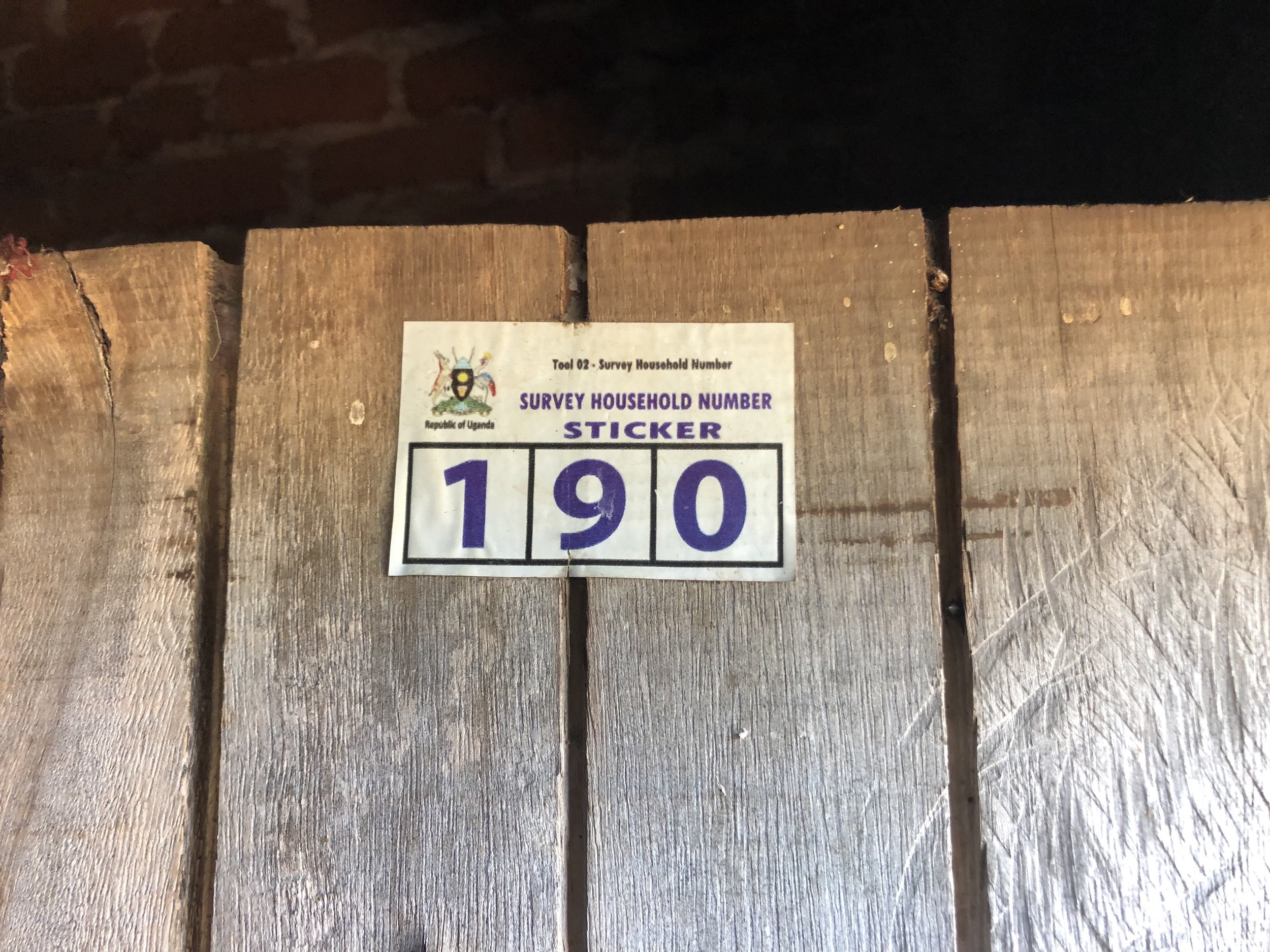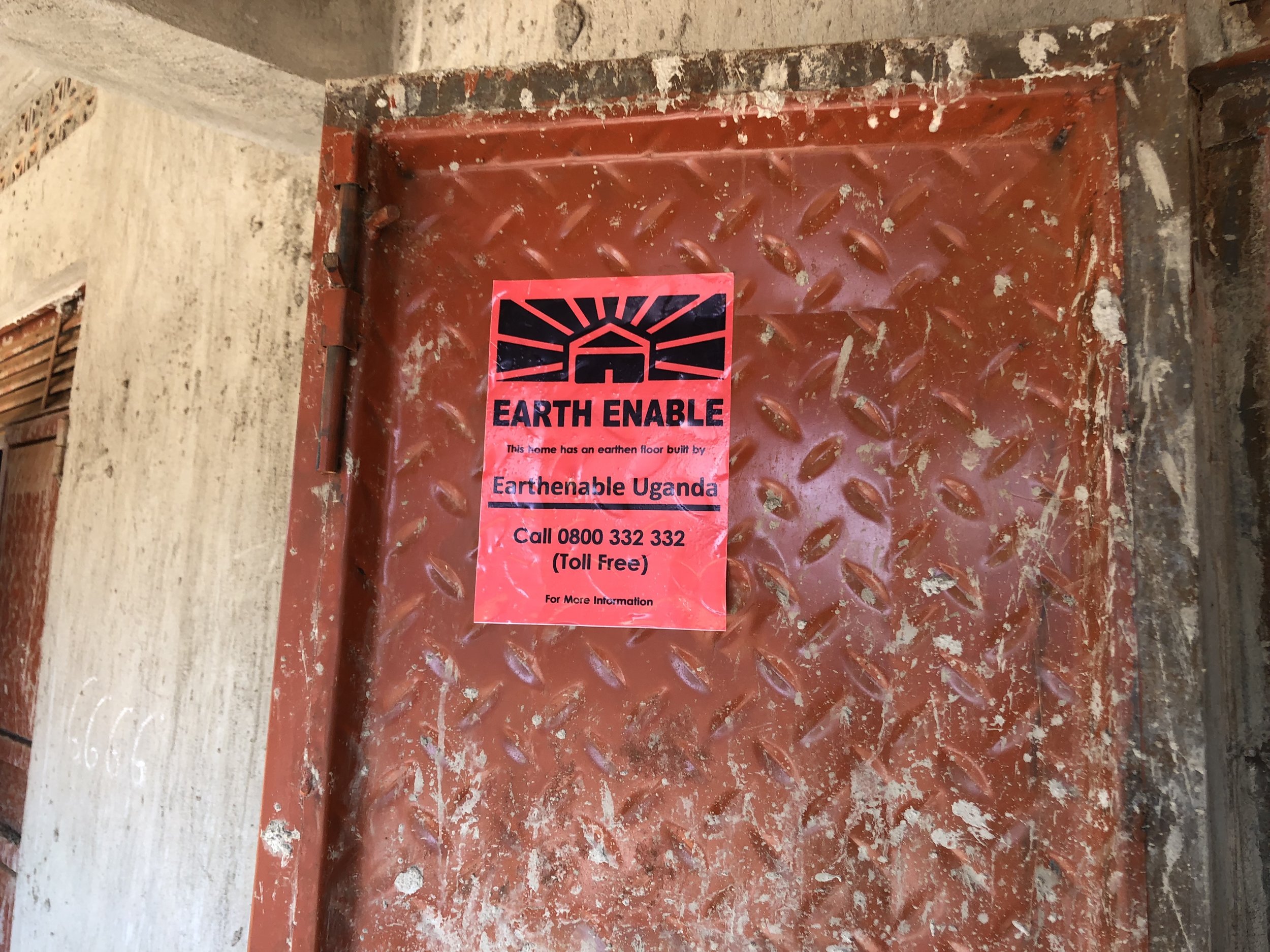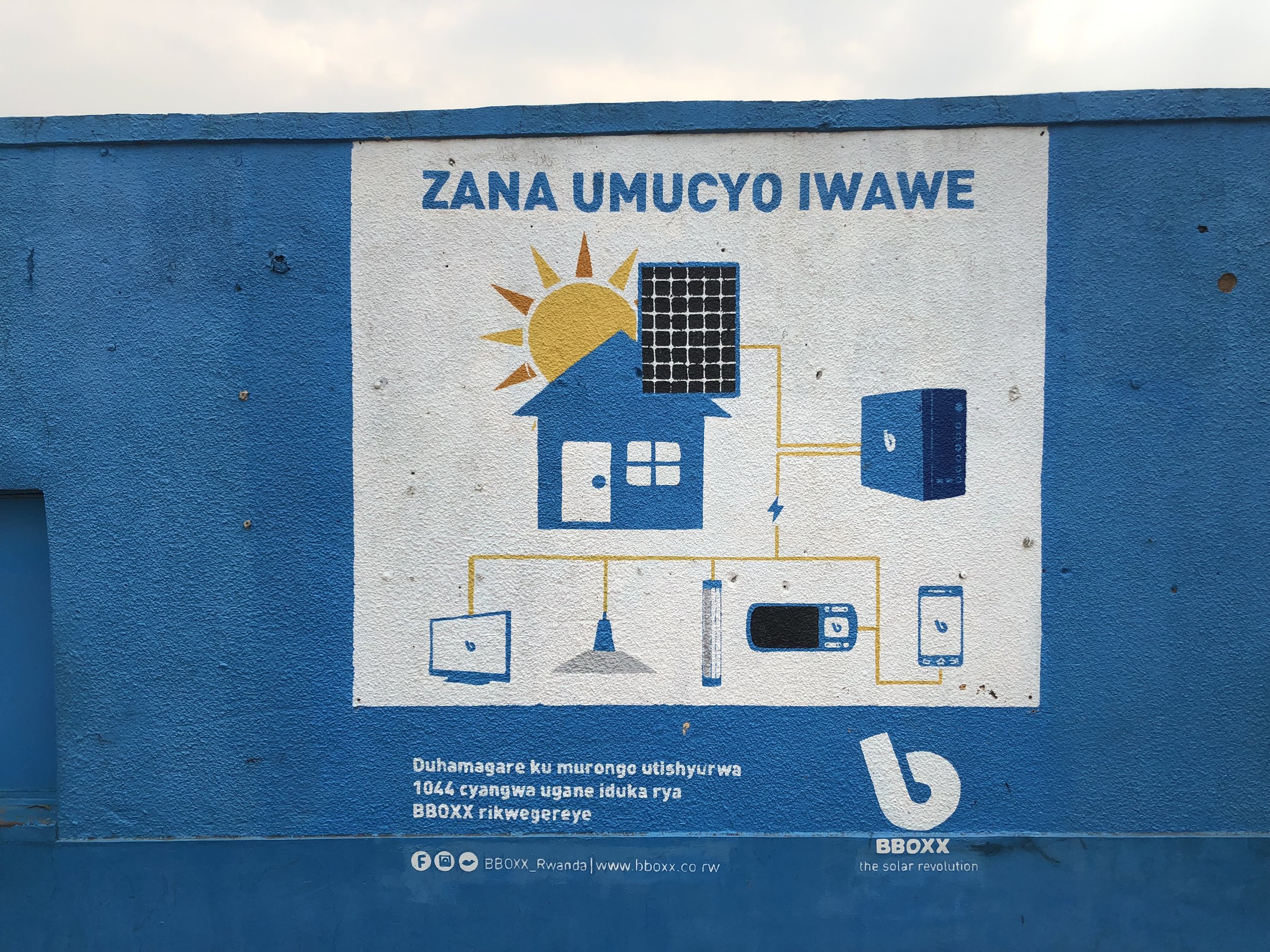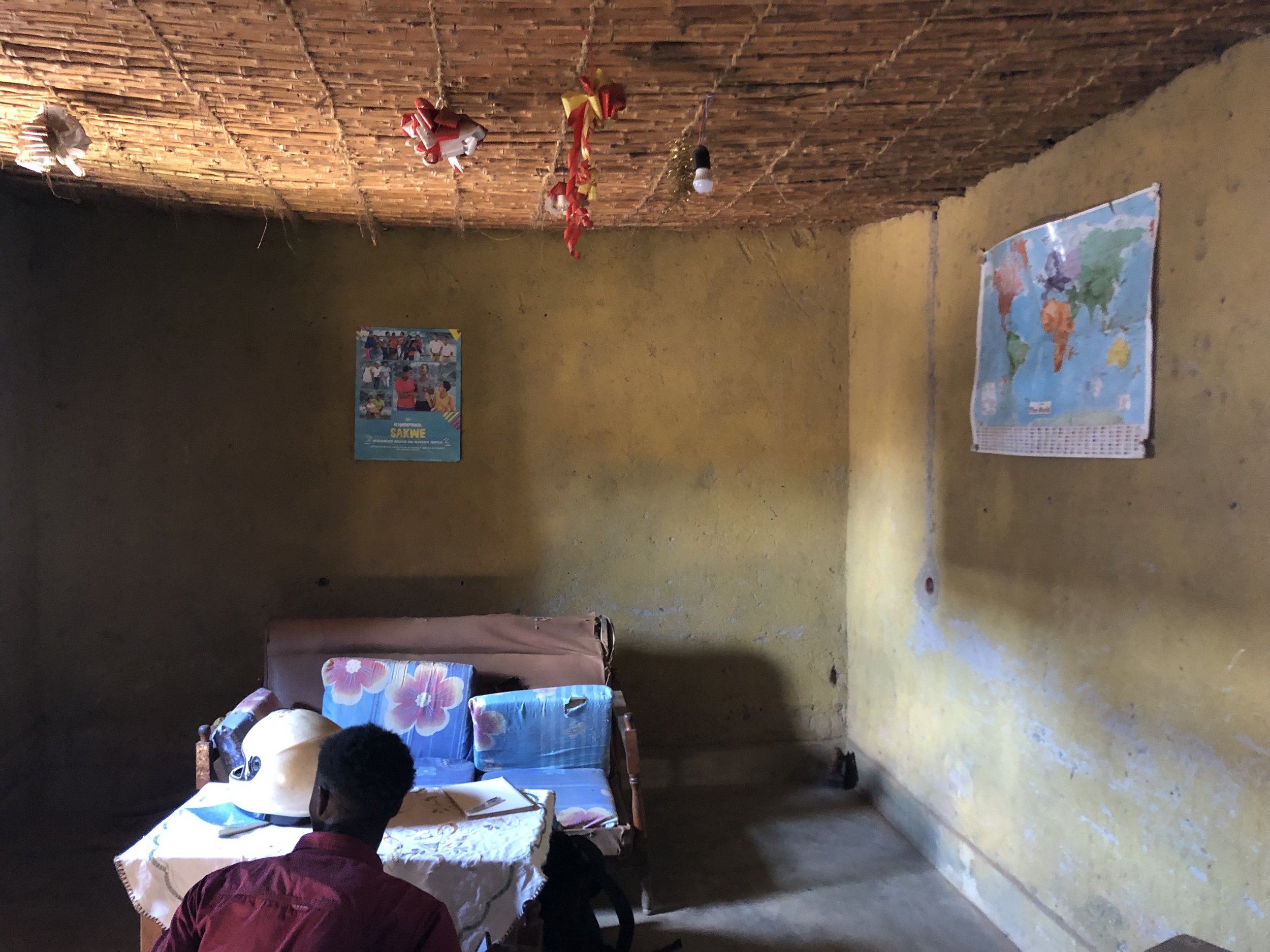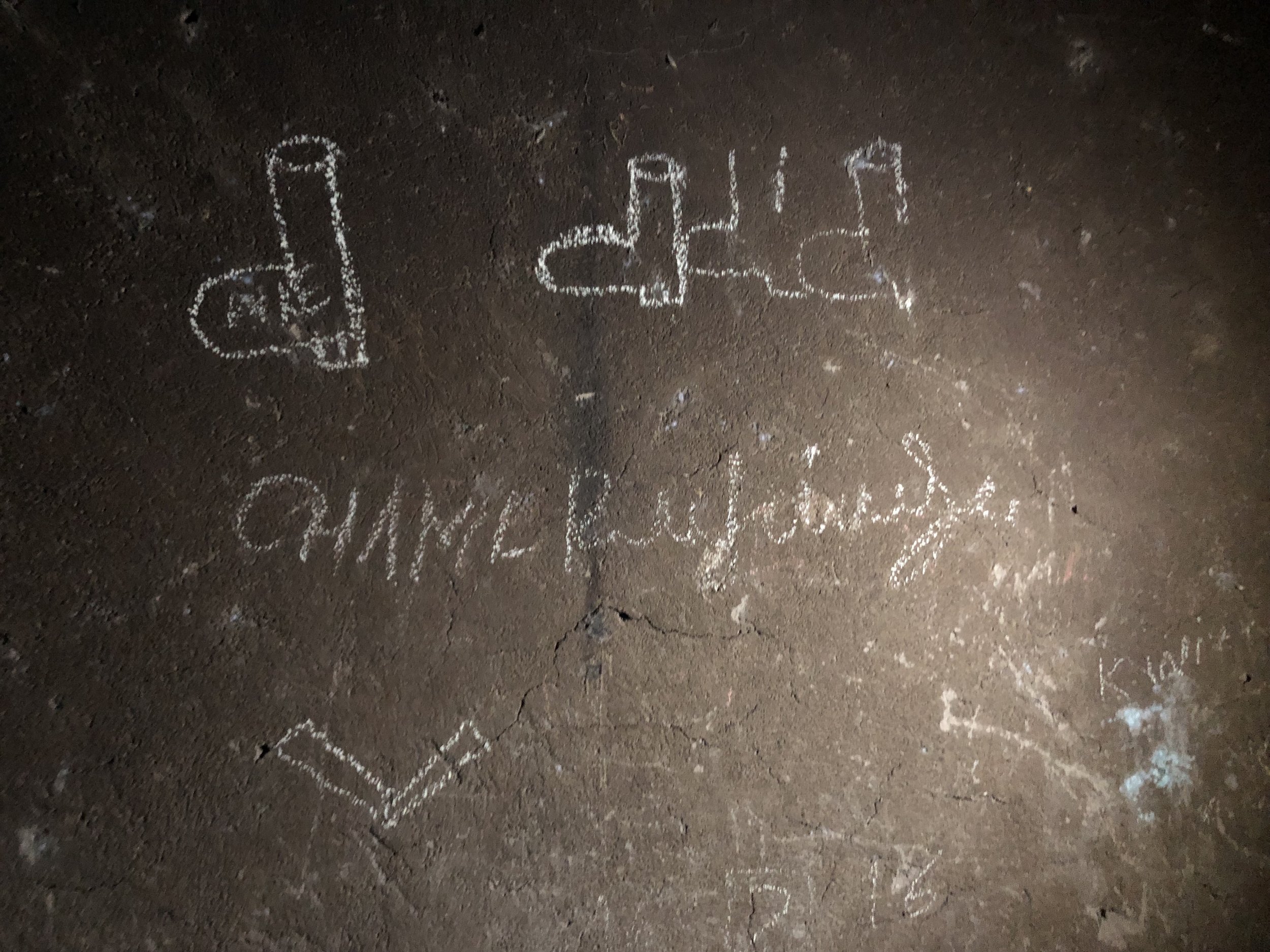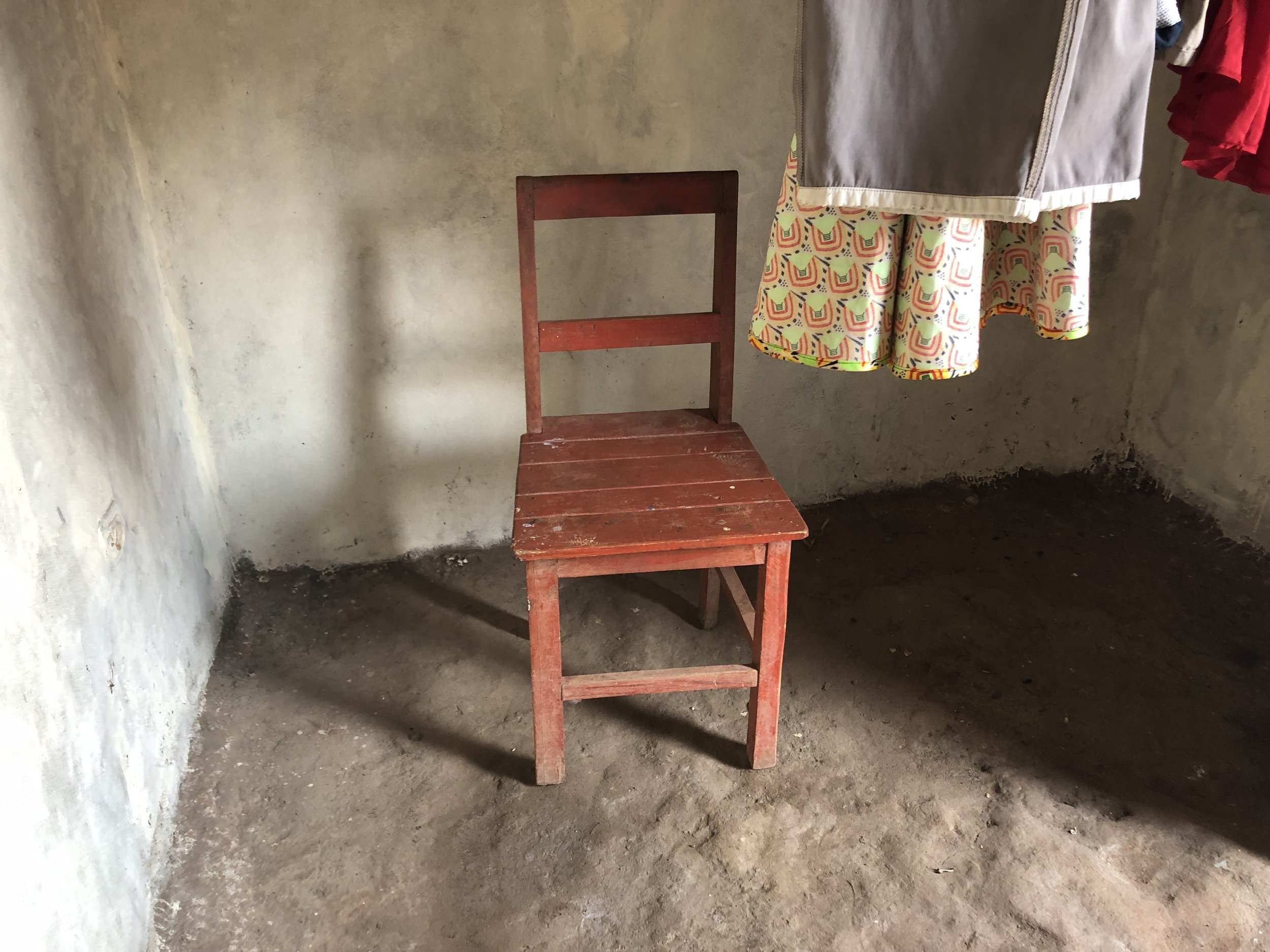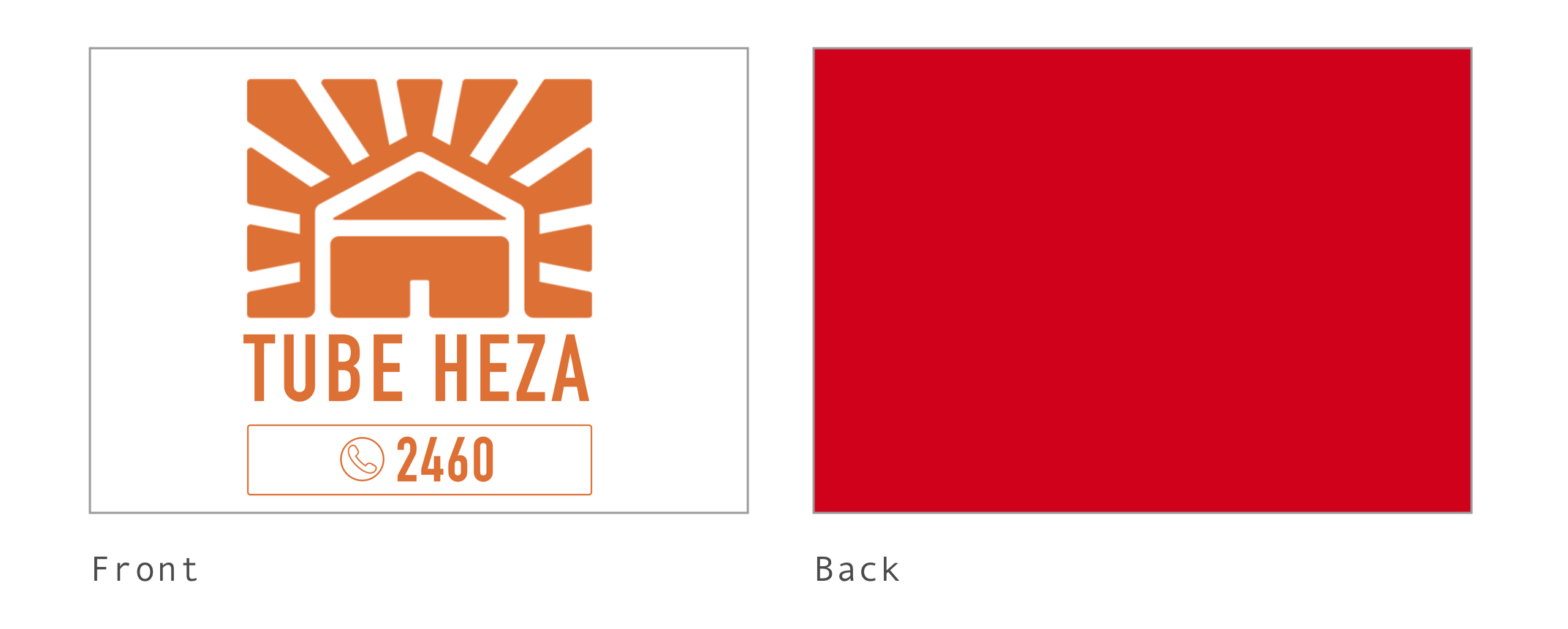Designing for Extreme Accessibility
2019, Earth Enable (Harvard Community Service Fellowship)
Project Type: Research, Workshop, Collaborative Design, Interviews, Contextual Inquiry
A customer’s house in Kamonyi District, Rwanda.
PROJECT OVERVIEW
80% of Earth Enable customers are literate and 75% own their own phones. But what about those who are excluded? How might we design an accessible experience that includes them?
Earth Enable is a social enterprise in Rwanda and Uganda. Its mission is to provide affordable and sustainable floors I was the sole Summer Design Fellow and worked closely with Gayatri Datar, the founder, and engaged with multiple stakeholders throughout the company. I interviewed 34 employees throughout the company: masons, customer reps, floormen, drivers, and office employees. Note: Earth Enable’s Kinyarwandan translation is “Tube Heza” which is used in my Rwandan designs.
Me interviewing with a customer.
RESEARCH TECHNIQUES
I practice human-centered design. I engaged with users through:
Hour-long interviews with customers across various districts in Rwanda and Uganda
Roleplaying exercises using sample communication design prototypes
INTERVIEW QUESTIONS INCLUDED
Can I please have a tour of your home? [During the tour] Can you please describe why you decided to arrange [this] in this way?
Describe how communicating with Earth Enable makes you feel. What would you do differently if you were an employee of Earth Enable.
How do you choose to communicate with your friends and family members. Why?
During my customer interviews, customers gave me a tour of their house. Outside of customer homes, stickers and paint with information are often left on the facade, giving information to organization, the customer and to their neighbors.
While touring the inside of the house, I noticed that customers decorated homes with the purpose of:
Education: hanging maps and government-sponsored agriculture/health posters. Children also use chalk to write on the metal doors to practice what they learned at school.
Function: displaying things that they want to be reminded of (wedding invitations, instructions, etc.) One customer said, “to see is to remember.”
Cleanliness: to keep important items clean and of the floor
My field parter, Jean Baptiste, leading the way to customer’s houses. We walked door to door to visit customers at home.
Customer Insights
Customers prefer face-to-face communication with Earth Enable (as opposed to calls and SMS). A customer stated, “to be seen is incomparable.” Visits and conversations build trust and help resolve issues that customers believe need visual assessment.
Earth Enable has a toll-free short code, but customers are reluctant to call; opting instead to call customer reps that they know personally (costs airtime) or waiting to run into a company representative who lives nearby.
Customers trust their community. If a prospective customer is not sure if they want to build a floor, they will visit neighbors who have completed floors and discuss the process with them before they decide.
The most frustrating part of the process is understanding the many steps required (ex. backfilling, screeding, letting the screed dry, varnishing, etc.). Customers want assurance from the company that the steps are complete before they are willing to move back into the house and use the floor.
How might we ensure that every customer feels cared throughout the entire customer experience?
I designed two prototypes that I distributed to ten customers in Rwanda. The first, The Outer Signal, addresses customer needs for face-to-face communication. The second prototype, to be used in tandem, is called the Earth Enable Calendar because it provides an accessible and mobile-free route of communicating the build and post-care process.
The pilot required that each of the 10 customers receive both prototypes. The prototypes are not hung up for them, they can choose to hang them up where they wish. After two weeks, I followed up to see if the prototype was useful to the customer.
Outer Signal tag design.
Prototype 1: The Outer Signal
HOW IT WORKS:
The customer hangs the tag outside their home.
When the front (side that says Tube Heza) is facing outward it indicates that the customer is fine and has no questions.
When the customer has a question, they simply flip it over so the red side is showing, indicating that they have a question. This signals to any company representative passing by (masons, drivers, customer reps, etc.) that they need to drop by and speak with the customer.
In the future, past customers should also be able to address the questions of customers currently undergoing build. Building a supportive community around our earthen floors would be ideal, but needs to feel organic.
Initial prototype constructed from pipe cleaners, construction paper and binder sleeves.
PILOT RESULTS:
Customers hung up the tags immediately outside their window. During the two week pilot, no questions were reported. This indicates that either there were no questions whatsoever (unlikely) or that customers did not want to flip the tag over to ask a question. One customer stated that they liked leaving the tag with the front-side facing outward and thought it would be nice if customer reps could just drop by from time to time just to check in, even if they did not have any questions. In this case, the tag is still useful because it indicates to all reps (even those who are unfamiliar with the area) which homes belong to our customers.
Customer representatives really liked this idea and also stated that this would be helpful in boosting sales. Inquisitive prospective customers felt “invited” to come examine the floors.
Earth Enable Calendar design.
The earth enable calendar (insider)
HOW IT WORKS:
Customers hang the “calendar” in their home somewhere where they see it every day.
The front of the calendar is the side that is hung up after construction is complete. The English translation says “A clean and beautiful floor for health and happiness.” It reminds the customer that for the two months, the customer should use a dry rag to clean their floor 2x a week. After the first 2 months, the customer can use a wet rag to wet the floor before drying it. Also 2x a week.
The back of the calendar is the side that is hung up during the construction process. It explains the build process through approximate time frames and cautions the customer about when they can and cannot use their floor.
At the bottom, the toll-free short code is featured as a way to request visits from the customer, rather than as the solution for any questions that customers may have. This references the insight that customers believe that visual assessment is necessarily for issues to be addressed.
This calendar was specifically designed for those who struggle with literacy.
Earth Enable Calendar hung up by a customer in her home.
PILOT RESULTS:
Customers hung up the calendar and referenced it. But in two scenarios, customers hung up the post-build side when their floor was still in the build process because they preferred the aspirational image.
Customers were able to recall what the images meant. This calendar could also be an important material for customer-to-customer sales.
Customers stated that their children wanted to play with the calendar and take the materials out from inside the binder sleeve, so they had to hang it very high. This tells us that when selecting materials for the actual product, the product needs to be durable.



